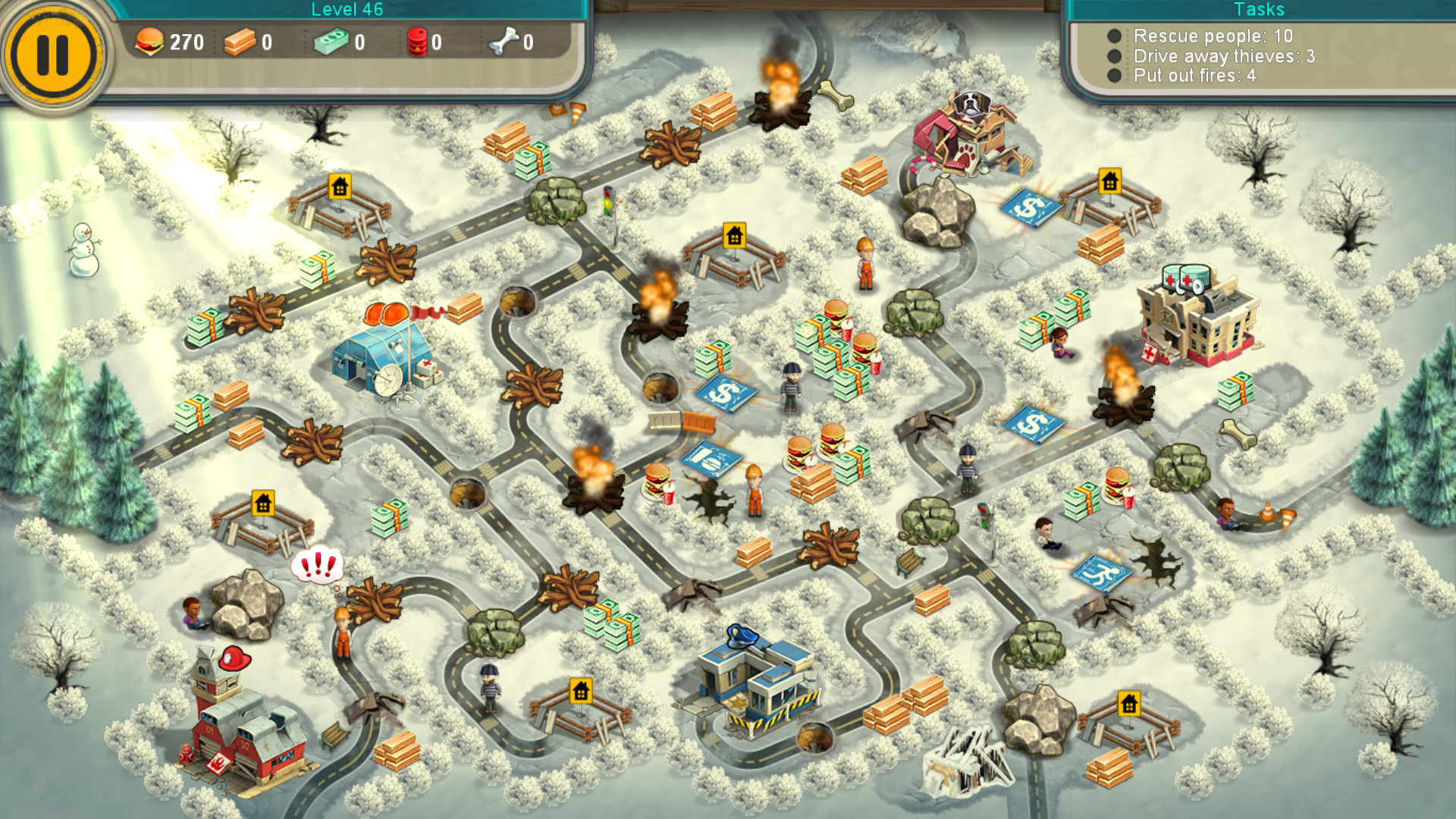

(a) determine that the emergent work or brief duration work can be performed safely in less than 5 minutes or 15 minutes or less, respectively, (2) An employer responsible for emergent work or brief duration work must (b) takes into account the risks to worker health and safety whenever traffic control is required for (a) meets the requirements of subsection (2) or (3), as applicable, and (1) An employer must not permit workers to engage in a work activity that may expose workers to traffic unless a risk assessment has first been completed by a qualified person and the risk assessment
#Rescue team 6 walkthrough level 18 manual#
(2) An employer must ensure that traffic control equipment, arrangements or layouts and procedures, to the extent practicable, meet the requirements of the Traffic Management Manual unless otherwise specified in this Regulation or in the Act. (1) The Traffic Management Manual applies to all work zones. The employer must ensure that effective traffic control is provided and implemented whenever traffic could be hazardous to a worker. (b) a roadway terminus used for vehicle holding prior to boarding a vessel. "work zone" means an area where a worker is or may be exposed to a moving "Traffic Management Manual" means the latest edition of the Traffic Management Manual for Work on Roadways issued by the Ministry of Transportation and Infrastructure (c) on what schedule the traffic control measures are to be implemented (b) how the traffic control measures are to be implemented, and (a) a combination of text, layouts and, if required, drawings that describe specifically the traffic control measures and devices that will be provided to mitigate the risks from hazards identified in the risk assessment, "traffic control plan" means a workplace-specific plan that documents how traffic control is to be achieved, including (b) is designated or assigned by the employer to direct traffic (a) has completed the training described in section 18.6.2, and "traffic control person" means a person who "traffic control" means the use of temporary traffic control devices, traffic arrangements or layouts and procedures to protect workers and move traffic safely through a work zone (b) assists or directs motorists within parking or holding areas in a specified workplace, such as a parking lot or roadway terminus used for vehicle holding prior to boarding a vessel (a) has completed the training described in section 18.6.3, and

"temporary traffic control device" means a sign, signal, marking or other device used to regulate, warn or guide traffic through or around a work zone for a limited period of time "short duration work" means planned work in a work zone that requires more thanġ5 minutes during a single daylight period to complete "risk assessment" means a risk assessment in accordance with section 18.3.1 "mobile work" means continuously slow-moving work or intermittently moving work with stops of 30 minutes or less (a) more than one daylight period to complete, "long duration work" means planned work in a work zone that requires "emergent work" means quick response work necessitated by an unanticipated occurrence, other than an emergency, if the total time required for workers to complete the quick response work is less than 5 minutes "emergency" means an incident that requires immediate action to protect lives or "brief duration work" means planned work in a work zone that requires 15 minutes or less to complete Vehicles from entering a closed or hazardous work zone "barrier" means a solid or continuous installation designed to prevent errant Forestry Operations and Similar Activitiesġ8.5 Placement of temporary traffic control devices TRAFFIC CONTROL PERSONS (TCPs)ġ8.7 Traffic control person to remain on dutyġ8.8 Location of traffic control persons EQUIPMENT FOR TRAFFIC CONTROL PERSONSġ8.10 Operations during darkness or poor visibilityġ8.11 Equipment maintenance DIRECTIONS AND SIGNALS BY TRAFFIC CONTROL PERSONSġ8.13 Communication between traffic control personsġ8.14 Standard signals for traffic OTHER REQUIREMENTSġ8.17 Towing and recovery operations

Diving, Fishing and Other Marine Operations Ladders, Scaffolds and Temporary Work Platforms Personal Protective Clothing and Equipment Noise, Vibration, Radiation and Temperature Occupational Health and Safety Regulation


 0 kommentar(er)
0 kommentar(er)
